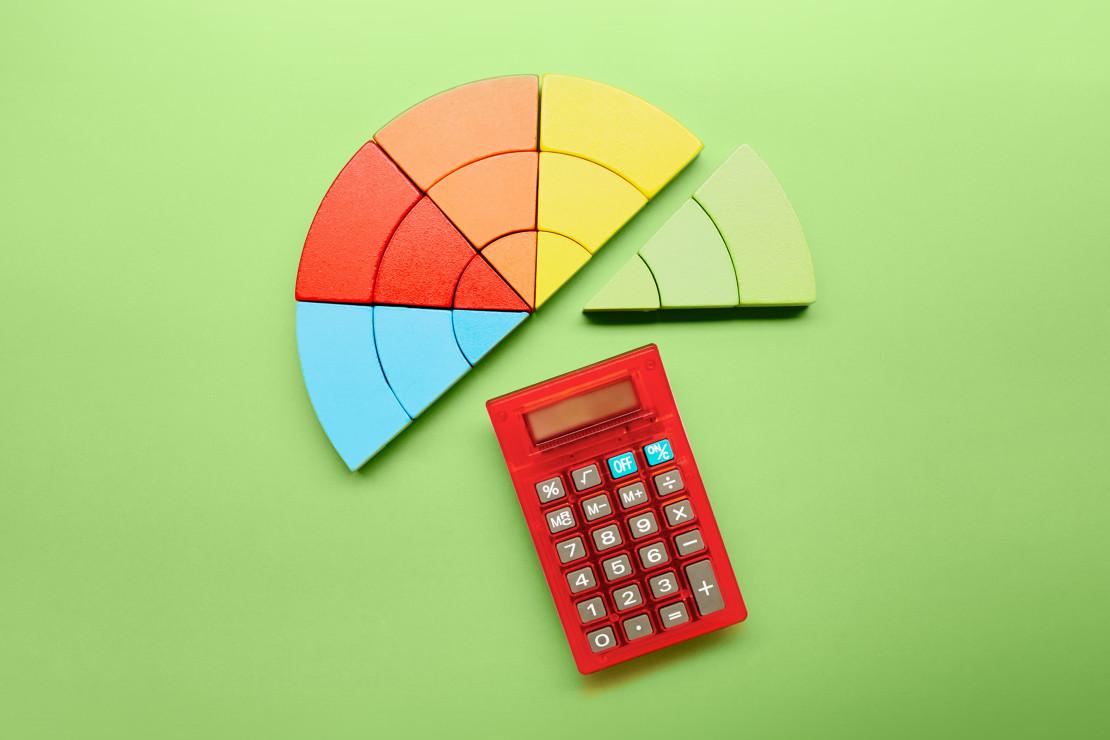Important: This article is for general guidance purposes only and should not be considered investment advice. If you are unsure about the suitability of an investment, please seek out independent financial advice. When you invest, your capital is at risk. Tax treatment will depend on your individual circumstances and could potentially change in the future. Pension rules apply.
Note: This article concerns the annual allowances for pensions, including SIPPs. For more general information on SIPPs, please see our introductory article here.
As with all pensions, there’s a limit to how much you can contribute to your Self-invested Personal Pension (SIPP) every year before incurring a tax charge. This can differ depending on your annual taxable income and whether you’ve used up your allowance in previous tax years.
In this article, we’ve explored what your annual allowance is when it comes to pensions, including SIPPs. Let’s start with perhaps the most basic question…
How much can I pay into my SIPP each year?
Most people can add either their taxable earnings or £60,000 – whichever is lower – into their SIPP each year while still receiving tax relief. This amount includes any tax relief and is across all your pension accounts. So, if you have a workplace pension in addition to your SIPP, then contributions from both you and your employer in that account will also count towards the annual limit.
Let’s say you earned £50,000 a year. This is the maximum you can have paid into your SIPP (providing you have no other active pensions) before triggering a tax charge. In practical terms, this means you’d contribute £40,000 yourself and receive £10,000 in tax relief from the government.
If you exceed your annual limit, you’ll have to pay a tax charge. The exception is if you’re carrying forward unused allowance from previous years, which we’ll address later.
What if I don’t have any earnings?
If you don’t have any taxed earnings your allowance is £3,600 annually. In practice this would be a £2,880 payment by you plus the 20% in tax relief you’d receive from the government.
What is ‘carry forward’?
If you’ve already exceeded your annual allowance in the current tax year you can – ahem – carry forward any unused allowance from the past three tax years. This means you can reduce, or even completely rid yourself, of any tax charge arising from going over your allowance.
To make use of this, you must have been a member of a UK-registered pension scheme in the tax year(s) that you wish to carry forward allowance from. You also have to have sufficient taxed income to cover both the £60,000 allowance and the carried-forward amount.
Let’s say that three years ago you had an annual allowance of £60,000 but only had £30,000 paid into your SIPP. In subsequent years – including the current one – you hit your annual limit of £60,000. If you wanted to, you could have an additional £30,000 paid into your SIPP without creating a tax charge. You’re carrying forward the unused allowance from three years ago.
What about if I’m a high earner?
High earners will see their annual allowance “taper” off depending on how much they earn. This means the amount they can have paid into their SIPP before facing a tax charge will be reduced depending on how high their salary is.
Under current rules a high earner will be subjected to “tapering” if the following two criteria are met:
Annual adjusted income exceeds £260,000. This is your earned income plus total pension contributions minus any personal pension contributions.
Annual threshold income exceeds £200,000. This is your income minus any personal pension contributions made within your annual allowance.
If both are met, then your annual allowance will be tapered. The UK government’s website also offers a resource to calculate your annual adjusted and threshold incomes.
As of April 2023, high earners will see their allowance reduced by £1 for every £2 of adjusted income above £260,000. Allowances can be tapered by a maximum of £50,000, leaving you with an allowance of £10,000 to contribute.
This is a complex area. If you are uncertain about whether you are impacted, please seek out independent advice.
Does the allowance change once I’ve started accessing money from my SIPP?
Yes. Once you’ve begun withdrawing any taxable money from your pension, your annual allowance is reduced to £10,000. This is known as the money purchase annual allowance.
Can I have more than one SIPP?
You can have as many SIPPs as you wish. Remember, however, that the annual allowance is applicable across all pensions and that contributions to any of these accounts will count towards it.
Is there a lifetime allowance on how much I can contribute to my SIPP?
The lifetime allowance – the maximum amount you can contribute to your pension before facing a tax charge – will be abolished in April 2024. The lifetime allowance does still exist in this current tax year, although the excess charge for exceeding it has been reduced from 55% to nil. Instead, you will pay income tax at your marginal rate on any amount over £1,073,100.
As a result of the existing lifetime allowance, the maximum tax-free withdrawal you can make from your pension is £268,275 (i.e., 25% of £1,073,100).




